Patent Research - AI-powered Patent Insights
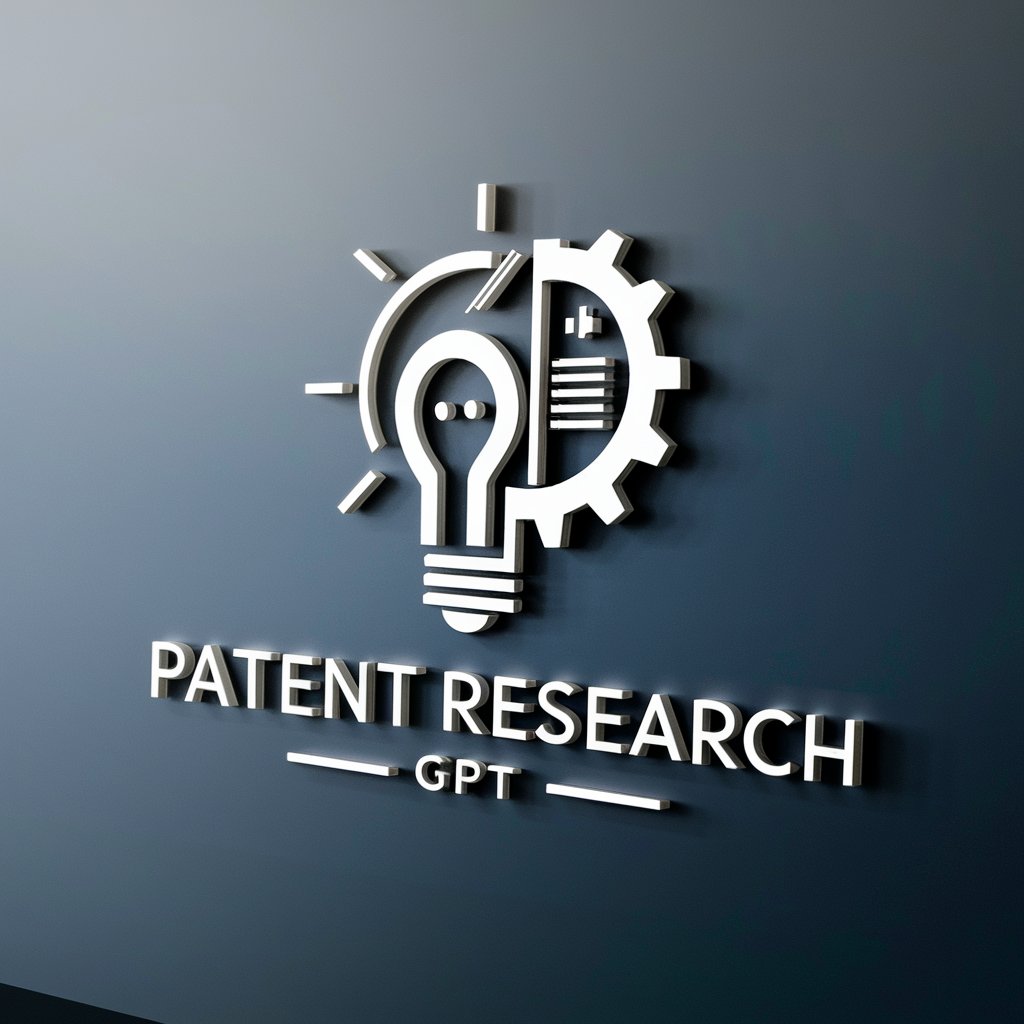
Welcome to Patent Research GPT, your expert guide in intellectual property and innovation.
Illuminate Your Innovation with AI-Powered Patent Research
What are the steps to file a patent for a new invention?
How can I determine if my idea is already patented?
What are the differences between a utility patent and a design patent?
What are the international patent laws and treaties relevant to my innovation?
Get Embed Code
Introduction to Patent Research
Patent Research is a specialized tool designed for exploring, analyzing, and leveraging the vast world of patents and intellectual property (IP). Its core purpose is to aid inventors, companies, and legal professionals in navigating the complex landscape of patents to secure and protect innovations. This involves identifying existing patents, analyzing patent landscapes, assessing the novelty of inventions, and understanding the scope of IP protection. For example, an inventor developing a new type of solar panel can use Patent Research to discover if similar technologies have been patented, thus avoiding infringement and shaping the direction of their R&D efforts. Powered by ChatGPT-4o。

Main Functions of Patent Research
Patent Search and Analysis
Example
Identifying patents related to biodegradable plastics to understand the field's innovation trends.
Scenario
A startup in the sustainable materials sector uses this function to map out existing patents and avoid infringing on current technologies while identifying gaps in the market for new developments.
Patent Landscape Mapping
Example
Creating a visual representation of patents in the autonomous vehicle technology space.
Scenario
An automotive company planning to enter the autonomous driving market uses this function to assess the competitive environment, identify key players, and spot emerging technology trends.
Freedom to Operate Analysis
Example
Evaluating the risk of patent infringement for a new smartphone design.
Scenario
A technology firm before product launch uses this function to ensure that their new device does not infringe on any existing patents, thereby mitigating legal risks and potential litigation costs.
Ideal Users of Patent Research Services
Inventors and Entrepreneurs
Individuals or small teams developing new products or technologies who need to ensure their innovations are novel and patentable, and that they are not infringing on existing patents. They benefit by securing their IP rights early on.
R&D Departments of Companies
Corporate R&D teams across various industries use Patent Research to steer their development efforts in directions that are clear of IP conflicts, to patent their own innovations, and to monitor competitor activities.
IP Lawyers and Patent Agents
Legal professionals specializing in IP law utilize Patent Research to assist clients with patent applications, conduct due diligence, and provide strategic advice on patent portfolios and IP litigation matters.

Guidelines for Using Patent Research
Start Your Journey
Begin by visiting yeschat.ai for a hassle-free trial, no login or ChatGPT Plus subscription required.
Identify Your Needs
Clarify your objectives for patent research, such as searching for existing patents, analyzing patent trends, or evaluating patentability of an innovation.
Utilize Advanced Search
Leverage the tool's advanced search capabilities to filter by patent office, publication date, patent status, and specific technical fields or inventors.
Analyze Results
Review the patents found, focusing on abstracts, claims, and drawings. Use the analysis to understand the scope, novelty, and potential infringements.
Continuous Learning
Familiarize yourself with patent classifications and legal statuses to refine future searches and stay updated on relevant technological and legal developments.
Try other advanced and practical GPTs
NetGuide
Streamlining Network Design with AI
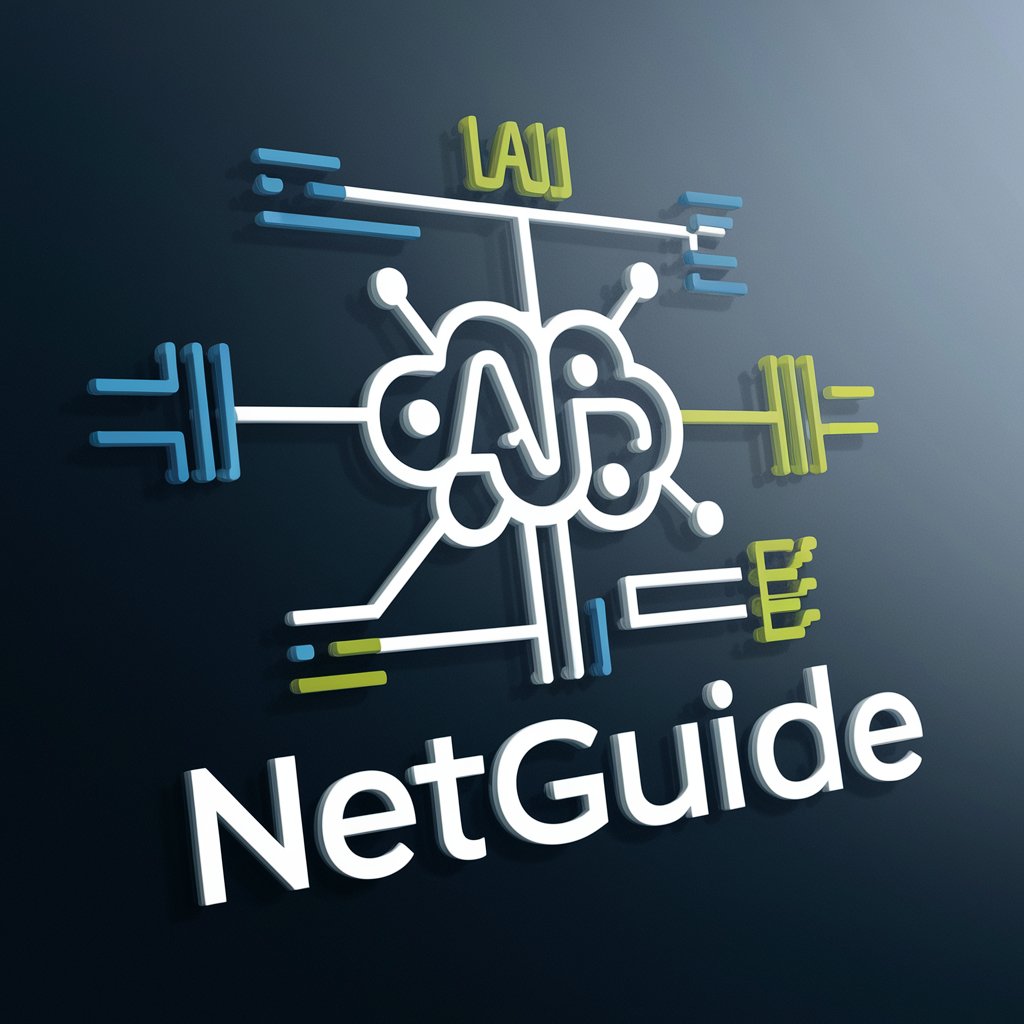
Kenergy™ IP Insight
Empowering IP Decisions with AI

Revenue Planning GPT
Empower your revenue strategy with AI-driven insights.
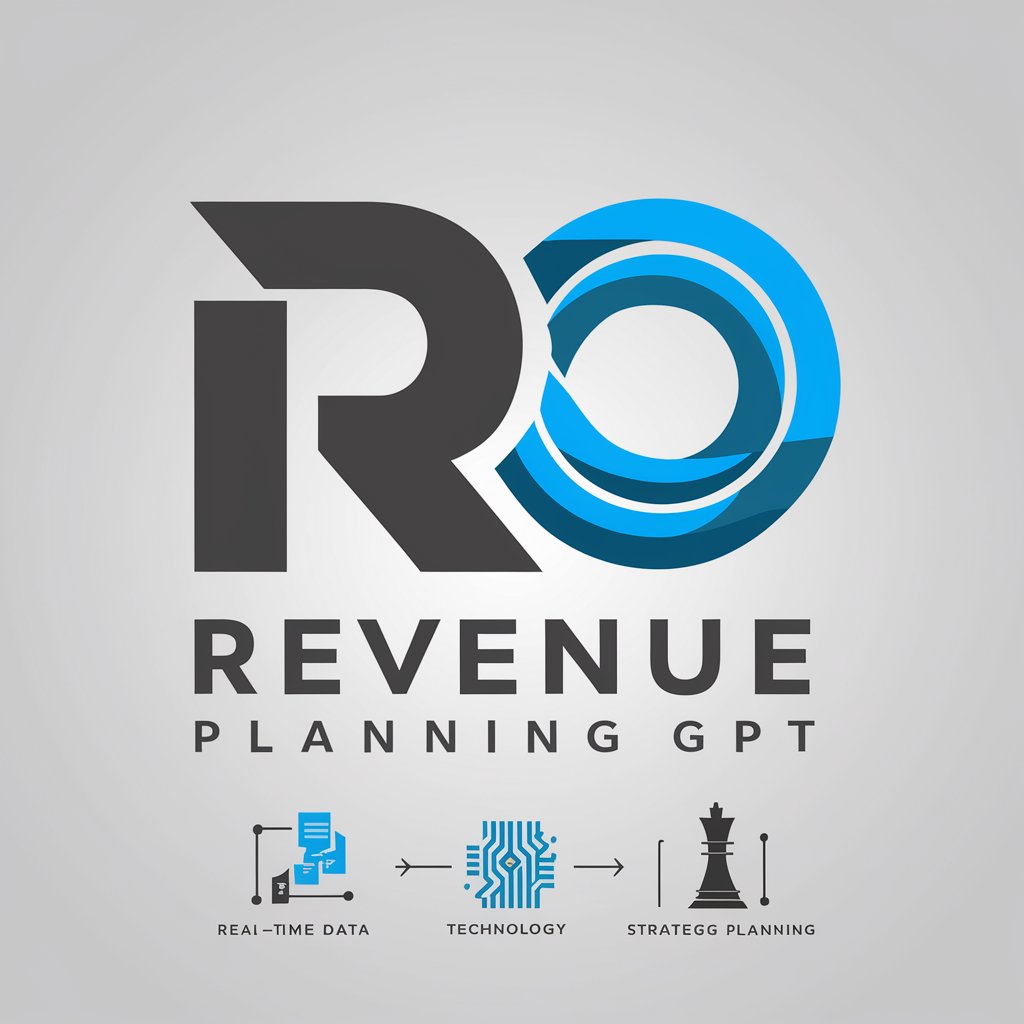
AI Lead Generation
Elevating Lead Generation with AI

WIN TRACKER by THE LATITUDE.IO
Celebrate Every Win, Power Your Growth

Personal Values Explorer by THE LATITUDE.IO
Discover and align with your core values.

Patent Pending
Empowering innovation with AI-driven IP insights.
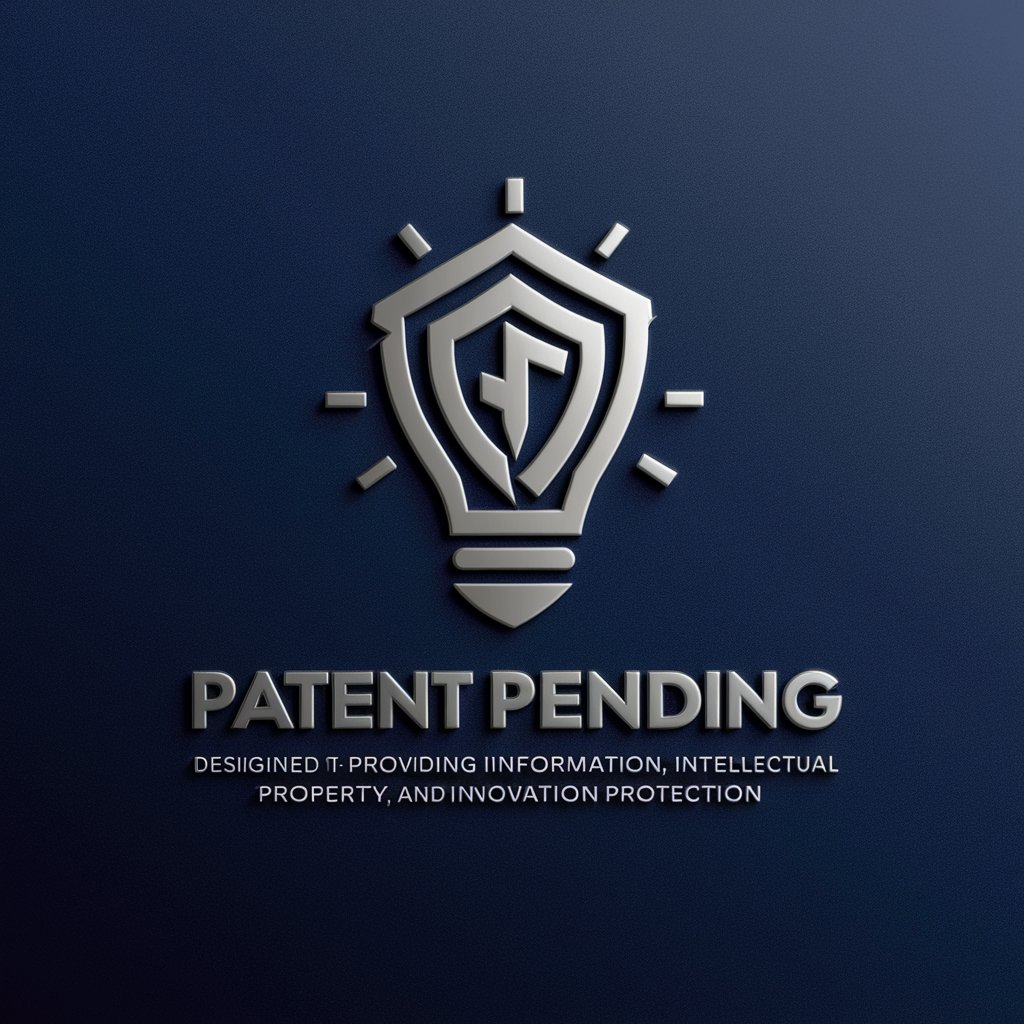
Register a Patent
Empowering Innovation with AI-driven Patent Assistance
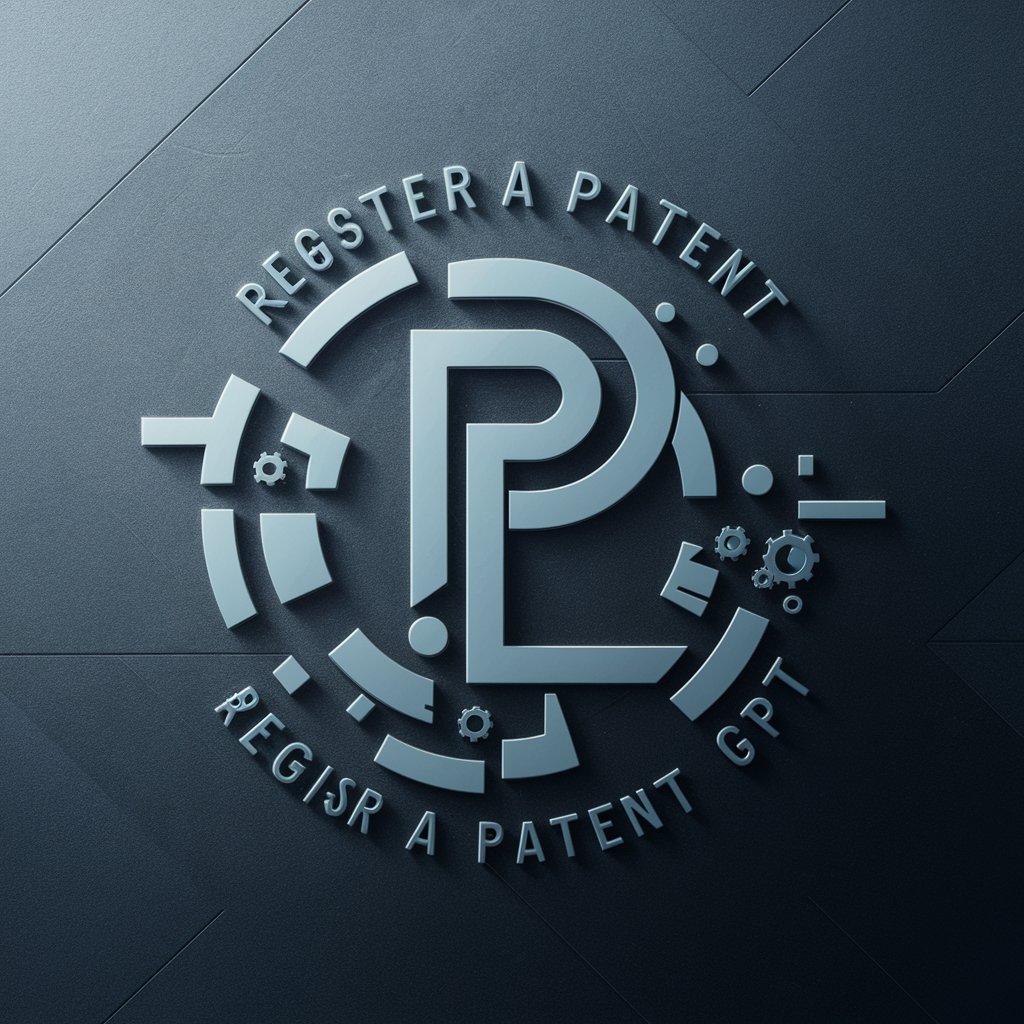
Patent
Empowering Innovation with AI

Patents
Empowering Innovation with AI-Driven Patent Insights

Patent Filing
Simplifying Patent Filing with AI
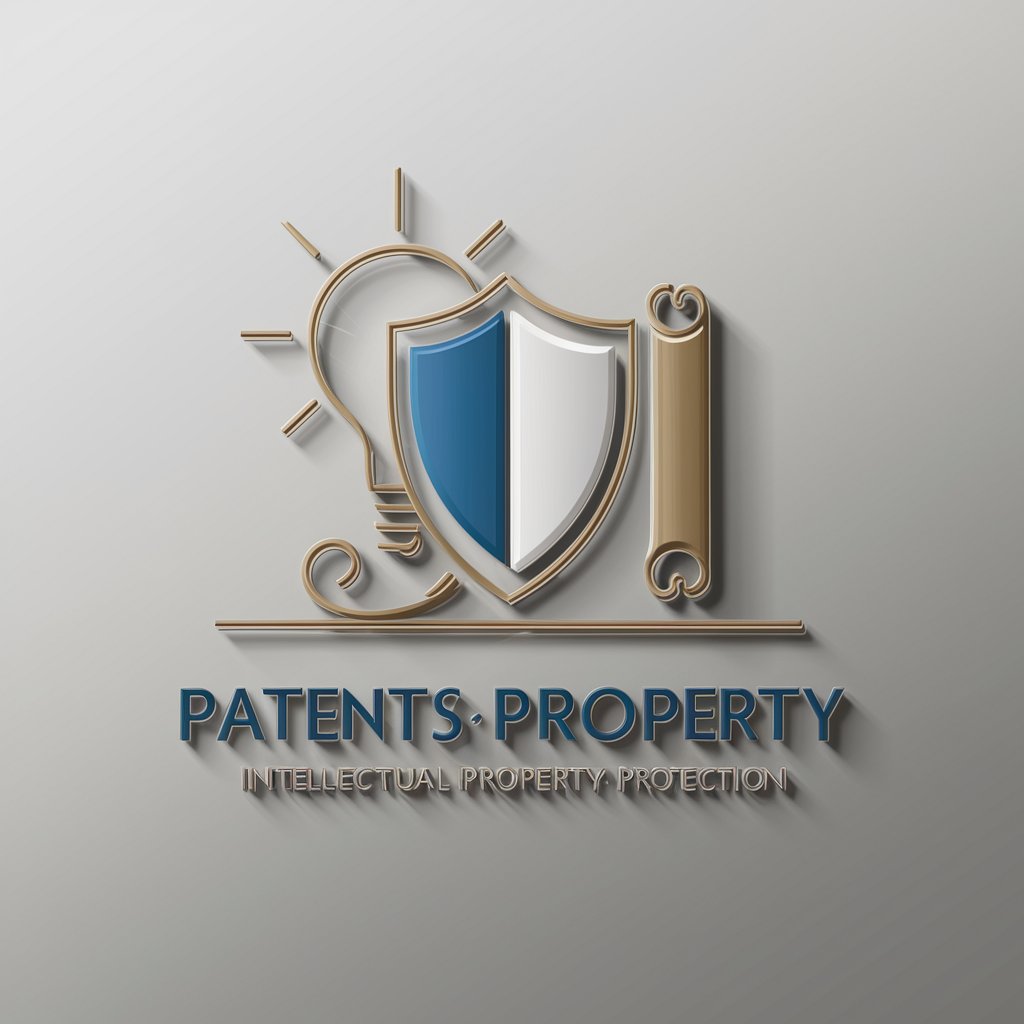
Autobound GPT
Elevate Your Outreach with AI-Powered Personalization

FAQs on Patent Research
What makes Patent Research unique?
Patent Research stands out due to its AI-driven insights, offering deep dives into patent databases with intelligent filtering, analysis, and trend spotting capabilities.
Can I use Patent Research to protect my invention?
Yes, Patent Research helps identify potential patent infringements and evaluates the novelty of your invention, guiding you through the patent application process.
How current is the patent information in Patent Research?
The tool accesses real-time data from multiple patent offices, ensuring you receive the most up-to-date information on patents and applications.
Does Patent Research support international patent searches?
Absolutely, it covers global patent databases, including the USPTO, EPO, and WIPO, allowing for comprehensive international patent searches.
Can Patent Research help in patent litigation cases?
Yes, it provides detailed analyses of patent claims, prior art, and legal status, which are crucial for preparing or defending against patent litigation.
